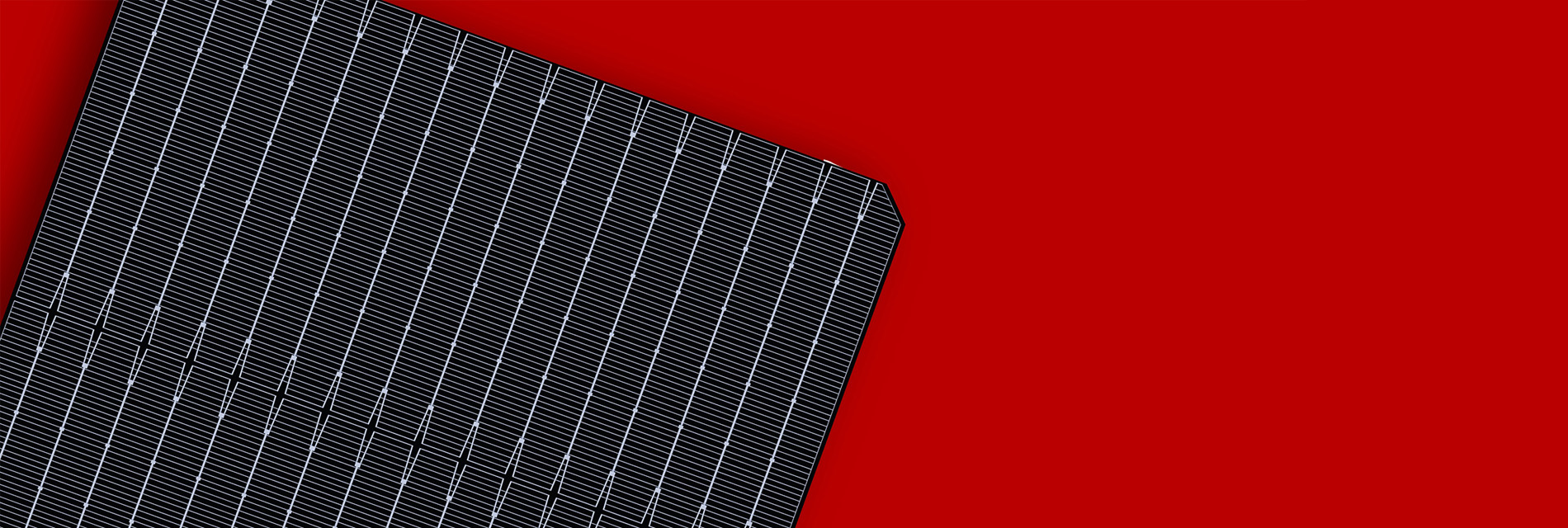
N-TYPE SOLAR CELL | The next generation solar cell technology
N-Type solar cells are an advanced photovoltaic (PV) technology designed for higher efficiency, improved durability, and superior performance compared to traditional P-Type cells. They are made from N-type silicon, which is doped with phosphorus to create a negative charge, reducing electron recombination losses and enhancing energy conversion efficiency.
These cells feature an optimized contact structure that minimizes energy loss, along with a thin silicon dioxide layer that further improves electrical performance. N-Type solar cells also resist Light-Induced Degradation (LID) and Potential Induced Degradation (PID), ensuring long-term reliability and higher energy yield. They perform exceptionally well in low-light and high-temperature conditions, making them ideal for residential, commercial, industrial, and utility-scale solar projects. With higher efficiency, better stability, and enhanced sustainability, N-Type solar cells represent the next generation of solar technology, providing maximum power output and long-term performance for clean energy solutions.
TECHNOLOGY FEATURES AND FUNCTIONS
N-Type solar cell technology represents the next generation of high-efficiency photovoltaic (PV) technology, offering superior performance, durability, and sustainability compared to traditional P-Type cells. With higher carrier lifetimes and lower recombination losses, N-Type cells achieve efficiencies exceeding 22%, making them ideal for maximizing energy production.
- Higher Efficiency & Power Output
- Achieves efficiencies exceeding 25% due to lower recombination losses and higher carrier lifetimes.
- Converts more sunlight into electricity, generating higher power output per module.
- Superior Temperature Coefficients
- Maintains higher efficiency in hot climates, reducing power loss from temperature variations.
- Ensures better performance in high-temperature environments compared to P-Type cells.
- No Light-Induced Degradation (LID) & No Boron-Oxygen Defects
- Unlike P-Type cells, N-Type cells are immune to LID, maintaining more of their original efficiency over time.
- The absence of boron-oxygen defects results in better long-term performance and reliability.
- Bifacial Compatibility for Increased Energy Yield
- Captures sunlight from both the front and rear sides, increasing total energy generation.
- Ideal for bifacial modules, especially in ground-mounted and reflective surface installations.
- Lower Degradation & Longer Lifespan
- Resistant to Potential Induced Degradation (PID) and maintains high efficiency over time.
- Typically offers a longer performance warranty (30+ years) compared to traditional P-Type modules.
- Enhanced Performance in Low-Light & Diffuse Light Conditions
- Performs better under cloudy weather, dawn, and dusk, ensuring maximum energy production throughout the day.
- Suitable for regions with variable sunlight conditions.
- Eco-Friendly & Sustainable Manufacturing
- Use fewer harmful chemicals in production, supporting environmental sustainability.
- Longer lifespan means less frequent replacements, reducing waste and overall carbon footprint.

